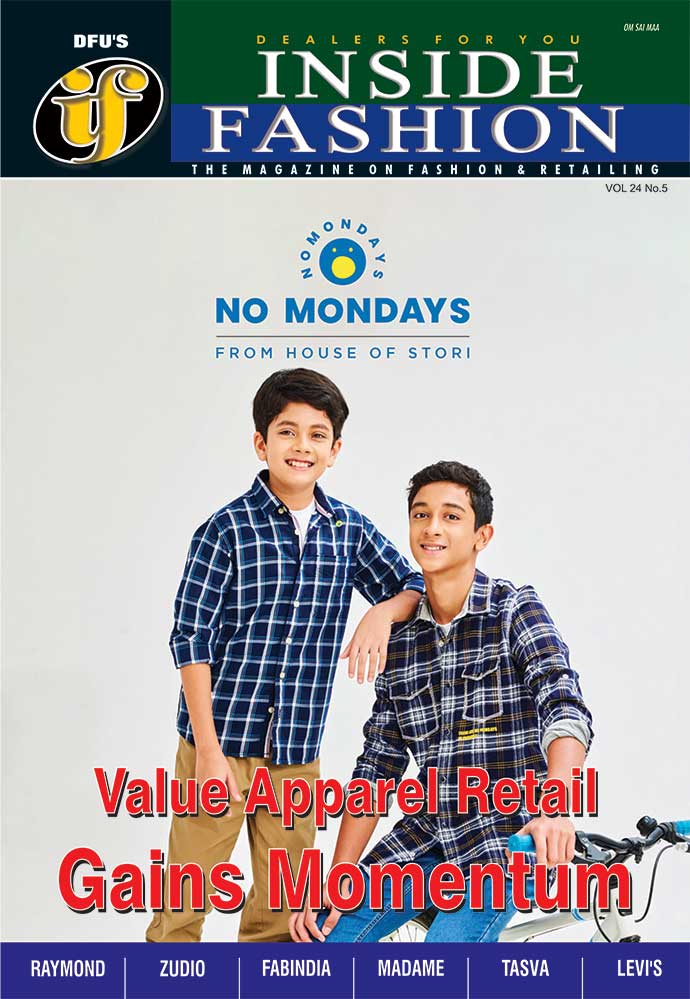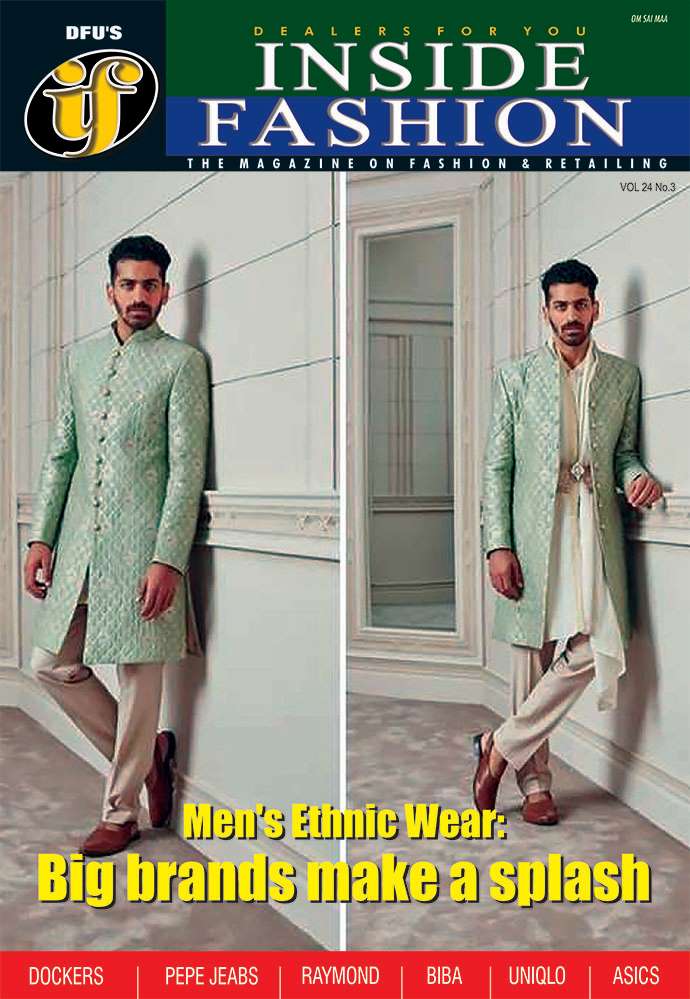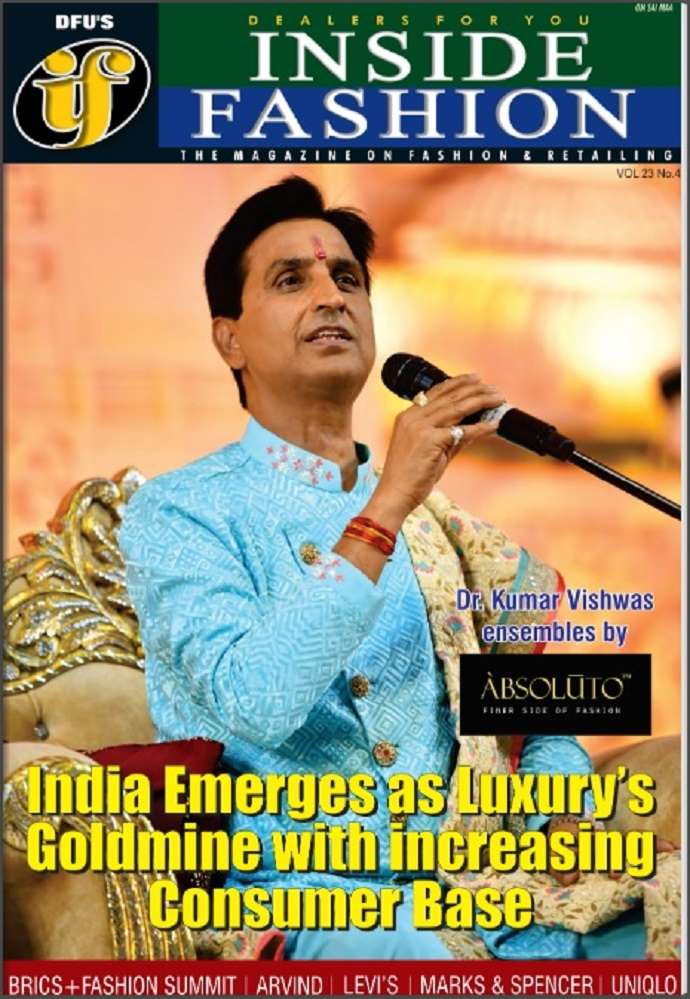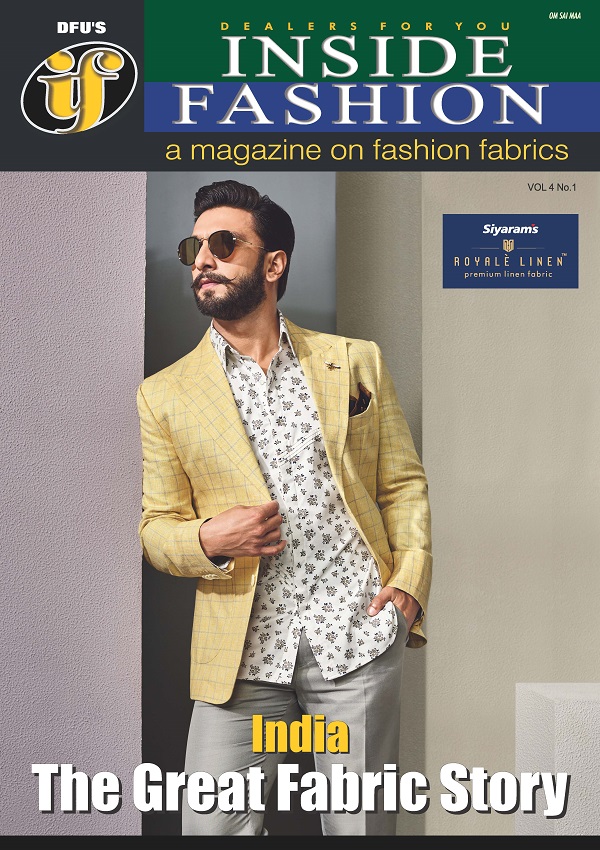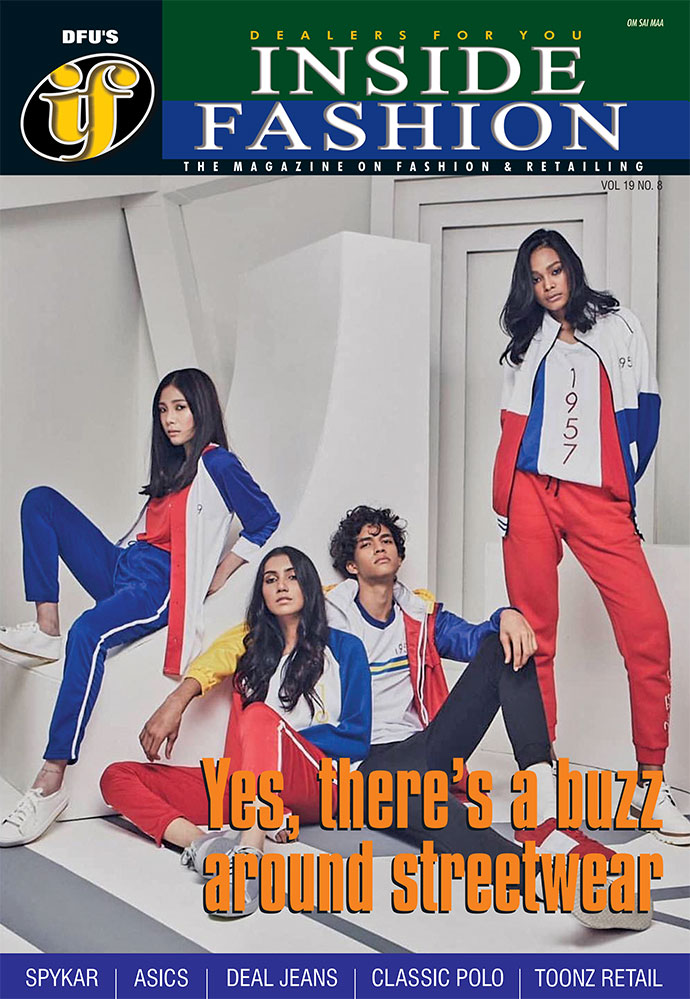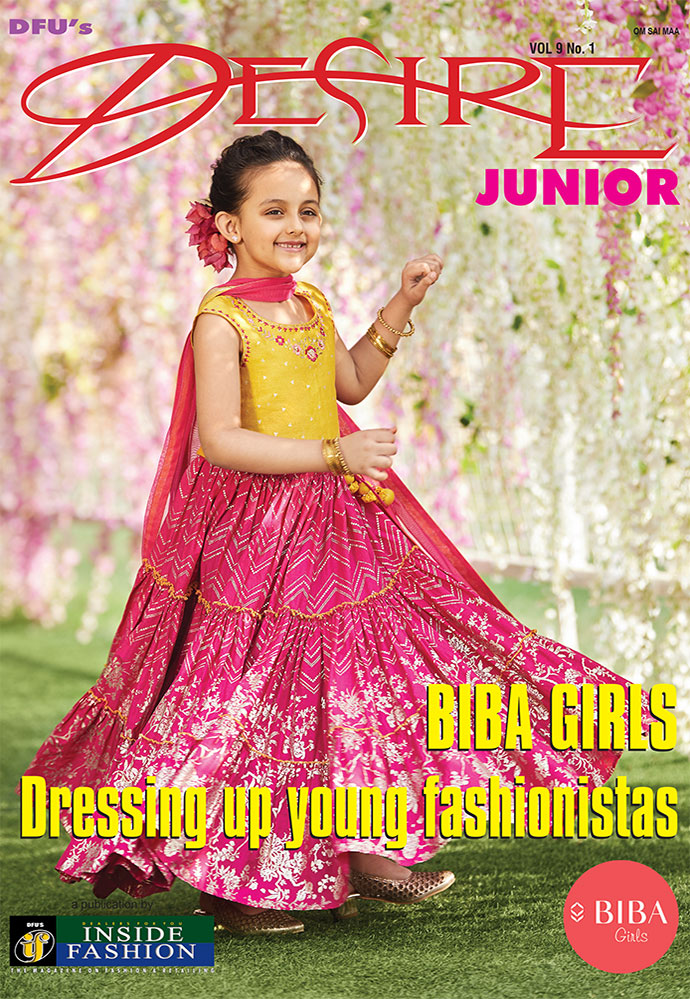From Concept to Closet: The journey of Indian fashion entrepreneurs

12 June, Mumbai 2025
India's fashion industry is balancing rich traditions and modern innovations. With a projected growth from $120.36 billion in 2025 to $171.60 billion by 2034, and a CAGR of 4 per cent, the industry is a vast playground for fashion entrepreneurs. Growth is underpinned by a swelling middle class with rising disposable incomes, a youth population heavily influenced by global trends, and deep digital penetration even in Tier II and III cities.
Consumer preferences are evolving rapidly, blending ethnic wear with contemporary fashion, and creating space for niche categories like sustainable fashion and athleisure. Digital platforms are reshaping the retail landscape, with the online apparel market alone growing 15.9 per cent in 2023, reaching Rs 1,485 billion. At the same time, government policies are increasingly supportive, encouraging innovation and entrepreneurship within the textile and apparel sector.
Laying the groundwork for a fashion brand
Building a fashion brand in India begins with understanding the pulse of the consumer. Identifying a niche is essential—be it ethnic fusion, eco-conscious clothing, or affordable luxury. India's diverse market offers opportunities for every category, exemplified by the women's ethnic wear segment, valued at Rs 1,18,490.4 crore in 2023. The timeless appeal of saris continues, while urban preferences are leaning towards Western silhouettes and ethnic-Western blends.
Once the niche is clear, the next step is developing a comprehensive business plan. This includes defining goals, creating a detailed customer profile, designing the product range, planning investment requirements, and charting a revenue model. For small-scale entrepreneurs, initial investment may range from Rs 5-10 lakh, scaling up to Rs 30-40 lakh for a broader rollout. Entrepreneurs must also carefully strategize their marketing and distribution to ensure customer accessibility and brand recall.
A competitive terrain
In the offline realm, entrepreneurs face stiff competition from retail giants like Reliance Trends, Lifestyle, and international players like Zara and H&M. These brands enjoy expansive retail footprints and deep consumer trust. Even Tier II and III cities have a stronghold of local boutiques and unorganized players who offer regional styles at competitive prices.
Opening a physical store involves high overheads—prime location rents, staffing, and visual merchandising. With 45 per cent of Indian consumers preferring a hybrid shopping experience, an offline presence without digital integration struggles to sustain. The D2C (Direct-to-Consumer) market, while offering low barriers to entry, presents its own complexities. With the space projected to reach $300 billion by 2030, it is teeming with competition from homegrown brands like Snitch, Bewakoof, FableStreet, and The Souled Store. These brands have successfully targeted micro-niches, building strong digital communities.
But visibility comes at a price. Customer Acquisition Cost (CAC) has grown to Rs 1,500-2,000 due to intense digital advertising competition. Entrepreneurs must invest in high-quality content, influencer collaborations, and personalized communication to stand out. Managing returns, especially in a country where ‘Cash on Delivery’ is still dominant, adds to logistical and financial strain.
How to stand out in the crowd
For individual entrepreneurs, front-end strategies are the key to survival and success. A compelling brand story aligned with specific values—such as body positivity, artisan empowerment, or slow fashion—can build emotional connection and loyalty. Design quality, fabric choice, and finish must be impeccable to turn first-time buyers into repeat customers. In the digital domain, the shopping experience must be immersive.
A fast, mobile-optimized website or app with intuitive navigation, high-resolution product images, and AR-enabled try-on options can significantly elevate the user experience. Beyond products, brands must create value-driven content through blogs, styling videos, and Q&A sessions on platforms like Instagram and YouTube.
Social media engagement should be authentic, involving micro and nano-influencers who resonate with the brand ethos. Email and WhatsApp marketing are powerful tools for direct and personalized communication. Even D2C brands benefit from occasional offline engagement—be it pop-up stores, exhibitions, or multi-brand collaborations—especially in Tier II and III cities where tactile interaction remains influential.
Customer service is another critical differentiator. Prompt, courteous responses, clear return policies, and thoughtful after-sales service build trust, a commodity that is hard to earn and easy to lose. Building a brand community through user-generated content and social media interaction helps deepen consumer relationships and extends organic reach.
Confronting operational and regional challenges
The complexity of India’s geography and demography means that challenges vary significantly by location. Common hurdles across all tiers include fragmented supply chains, inconsistent quality control, complex inventory management, and a dearth of skilled talent in design, marketing, and production.
In metros like Mumbai, Delhi, and Bengaluru, the cost of operations is steep. High rentals, stiff competition from global brands, and the need for trend-driven inventory demand constant innovation and investment.
Tier II cities such as Lucknow, Coimbatore, and Pune show a growing appetite for fashion, influenced heavily by social media. However, entrepreneurs must carefully adapt to local preferences while maintaining brand identity. These consumers often seek stylish options but are also more price-conscious, requiring a delicate balance in pricing and quality.
Tier III cities offer enormous potential due to rising incomes and increased internet usage. But they also come with infrastructural limitations, low brand awareness, and price sensitivity. Last-mile delivery issues and reliance on cash on delivery or COD increase logistical costs and return rates. Understanding hyper-local cultures, festivals, and fashion sensibilities is essential for meaningful engagement.
Success stories that inspire
Several Indian entrepreneurs have successfully charted this challenging course. Masaba Gupta, with her bold prints and digital saviness, turned her brand House of Masaba into a household name. Anita Dongre's journey from a 300 sq ft store to creating AND, Global Desi, and Grassroot shows how vision and values can scale across demographics. CL Duggar Jain’s Madame and Prasad Pabrekar’s Spykar exemplify how identifying market gaps and consistent branding can create enduring legacies.
These stories highlight a common thread—deep market understanding, clear brand identity, adaptability, and the courage to take risks. They stand as reminders that even in a crowded and chaotic market, there's space for originality and persistence.
The final stitch The Indian fashion market is as complex as it is promising. While the road is riddled with challenges—from stiff competition to logistical nightmares and shifting consumer behaviors—the rewards can be extraordinary for those willing to innovate, adapt, and persevere.
For individual entrepreneurs, success lies in understanding the regional intricacies of this diverse nation, offering meaningful value beyond aesthetics, and building genuine relationships with customers. With creativity at heart and strategy in hand, the dream of owning a thriving fashion brand in India is not just achievable—it is a vibrant reality waiting to be stitched together.






